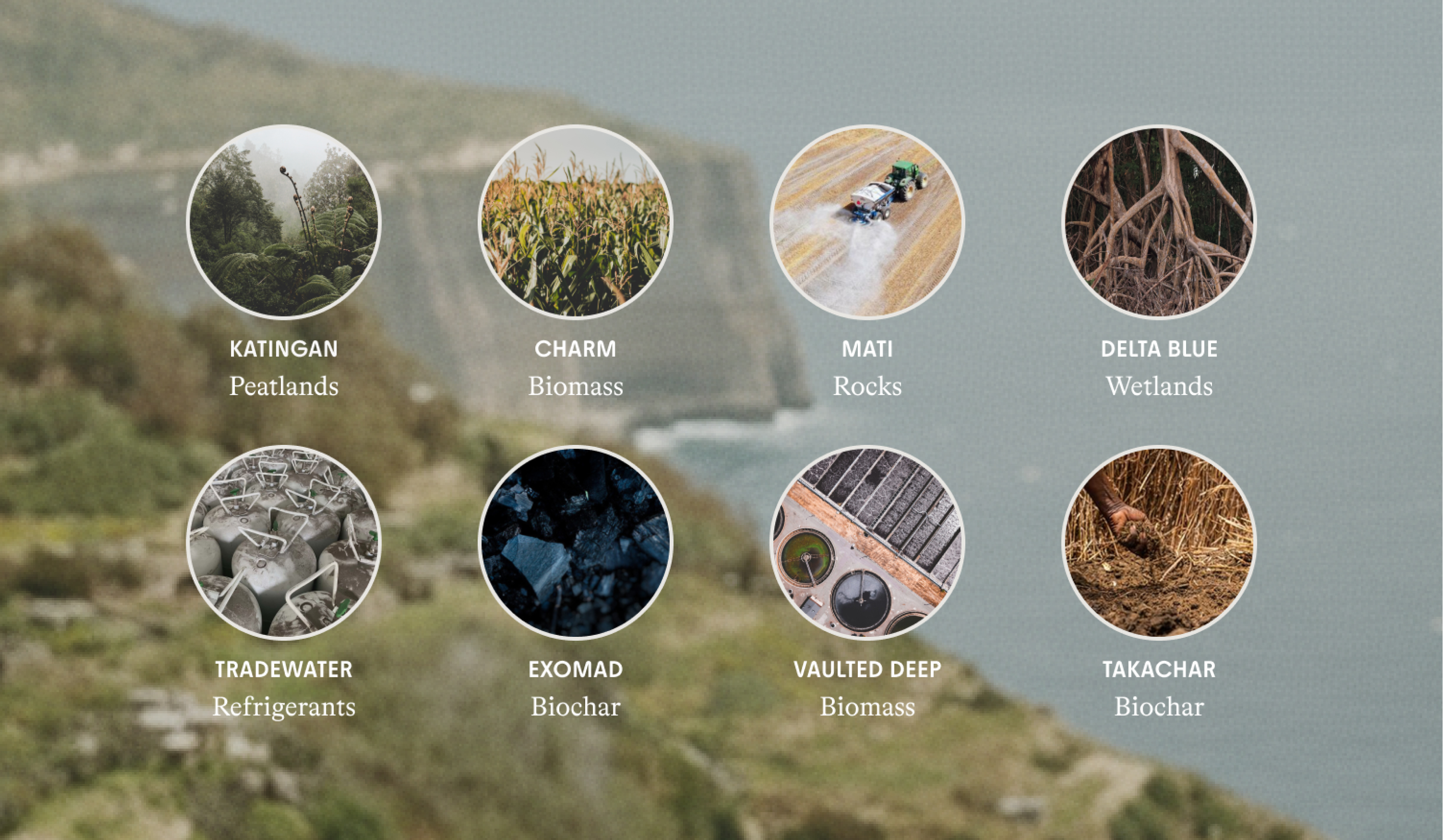How to Combat Climate Change: 4 Global Solutions and How to Get Involved

Join the community





Under the Paris Agreement, 195 nations agreed to limit global temperature rise by 1.5 to 2 degrees Celsius. Although the world is not yet on track to reach this goal, according to research by the Intergovernmental Panel on Climate Change (IPCC), it’s within reach.
Successfully meeting the goals of the Paris Agreement will require immediate, transformative action on a global scale. We love the way Dr. Jonathan Foley (The Climate Guy) of Project Drawdown breaks down how to combat climate change worldwide with four key strategies. In his article We Need 4 Waves of Climate Action, Dr. Foley describes how we must:
- Rapidly reduce all sources of greenhouse gas;
- Support and protect nature’s carbon sinks;
- Center equality and environmental justice; and
- Pursue a broad portfolio of climate solutions.
1. Emit Less: Quick Wins to Rapidly Reduce Greenhouse Gas
The climate crisis is caused by the greenhouse gases we release into the atmosphere, at a current rate of 51 billion megatons of CO2e each year. If we want to combat climate change’s most catastrophic impacts, we need to get that number down to zero, and fast.
The emissions caused by human activity fall into five categories: electricity, building emissions, transportation, manufacturing, and agriculture. To reach net-zero, we need to neutralize emissions in each of these sectors.
We need to reach net zero by 2050, and we need to rapidly pursue quick fixes that can buy us time to get there.
Quick fixes are low hanging fruit that can immediately reduce the amount of greenhouse gasses we release into the atmosphere. This includes ending use of fossil fuels, natural gas drilling, and destructive agricultural practices. We can also invest heavily in efforts to make our buildings, automobiles, and systems of production more efficient and less wasteful.
What You Can Do: Measure and Reduce
According to the research group Project Drawdown, greenhouse gas levels could start to decline by mid-century if we optimize the climate solutions currently available to us. While it’s important governments and businesses continue to innovate, we can all take personal action today. One of the best ways to combat climate change as an individual is to understand and advocate for ways to immediately reduce emissions.
We have the most control over the choices we make in our daily lives. Commons can help you take control of your personal carbon footprint and understand where to focus your effort to have the most impact. Download Commons today and join a community of like-minded folks learning how to combat climate change with their daily spending.
2. Protect Sinks: Support Nature’s Carbon Storage
While we work to eliminate our emissions, we must also protect the places that do this work for free. Currently, natural carbon sinks in our oceans, wetlands, and forests absorb around 41% of our CO2e emissions. When we clear land, pollute water sources, and otherwise degrade these natural helpers, we reduce the Earth’s ability to alleviate the climate crisis.
We must also develop ways to assist and amplify this process. Coastal restoration, reforestation, and sustainable ecosystem management can help enhance and fortify existing sinks, while carbon capture and storage technology can help remove additional emissions artificially.
What You Can Do: Support Carbon Removal
All our efforts to reduce and remove greenhouse gas emissions won’t be enough without nature’s help. Take action to protect existing sinks by volunteering and donating to groups enhancing ocean carbon sequestration, protecting rainforest ecosystems and indigenous communities in the Amazon, or improving soil carbon storage through regenerative farming.
Next, align your lifestyle to support high-quality reduction and removal projects. With Commons’ Climate Neutral Subscription, you can automatically compensate for your personal carbon footprint while funding a cutting-edge portfolio of carbon offsets.
3. Elevate Justice: Center Equality in Global Action
Wealthy populations disproportionately contribute to global emissions, while poorer and more vulnerable populations, particularly women, endure the devastation of climate-related struggles at disproportionately higher rates.
Centering equality doesn’t just make societies more resilient, it preserves ecosystems and reduces emissions in the long run. Protecting indigenous land tenure allows traditional practices that benefit delicate ecosystems and carbon sinks to continue. Access to education and reproductive healthcare improves women’s economic statuses and ability to adapt to climate change, and can impact the population, and our global footprint, over time.
What You Can Do: Elevate Climate Justice
Fighting for a green and equitable future means putting environmental justice front and center. As you seek ways to combat climate change, ask yourself: Who benefits from the solutions I support? What perspectives are missing at the table?
Understand how equity enhances global adaptation and emissions reduction efforts. The Commons’ blog is a great place to discover intersectional climate content.. Use what you learn to support climate justice initiatives close to home: our guide to community climate action will show you how.
Scale up your action by supporting organizations working to increase healthcare accessibility, educate girls, and provide voluntary family planning resources worldwide. Research and support indigenous land tenure issues in your region and support groups working to bring these perspectives to a global stage.
4. Support Innovation: Pursue Systemic Change
In the long run, we must radically reshape all our global systems for the better. That starts by investing in long-term bets today. This includes funding efforts to establish a global clean energy grid, transition to zero-emissions infrastructure and transportation, and capture and sequester carbon from the atmosphere.
Our global society is better equipped for a green transition than we might think. But there’s no silver bullet for the climate crisis. We need to innovate heavily in all of the areas outlined above and more–rapidly and at a global scale.
Our shared success depends on attacking the threat from all angles. This means everyone, in every sector, must play their part. Together, we can pursue a broad portfolio of solutions, seeking to optimize existing technology for new uses and develop novel innovations across all industries.
What You Can Do: Discover Your Unique Role
We need more than scientists and engineers to solve the climate crisis. Innovation takes imagination, and we all have a unique magic to contribute. Whether you’re at the beginning of your climate journey or ready to refresh your vision of the future, take some time to reflect on how you can best be of service to the movement.
Try this helpful strategy by the folks at the How to Save a Planet podcast: Make a climate action Venn diagram that answers these three questions: What are you good at? What gives you joy? What is the work that needs doing? Your climate action superpower is revealed at the center of your graph.
Join Commons
Our purchases are the biggest indicators of our carbon impact. With Commons, you can track your emissions in real time, and understand the carbon cost of your daily spending. Next, explore guided climate practices and make meaningful changes to help shape the low-carbon future. Download Commons today and join thousands of others working to protect our common home.













